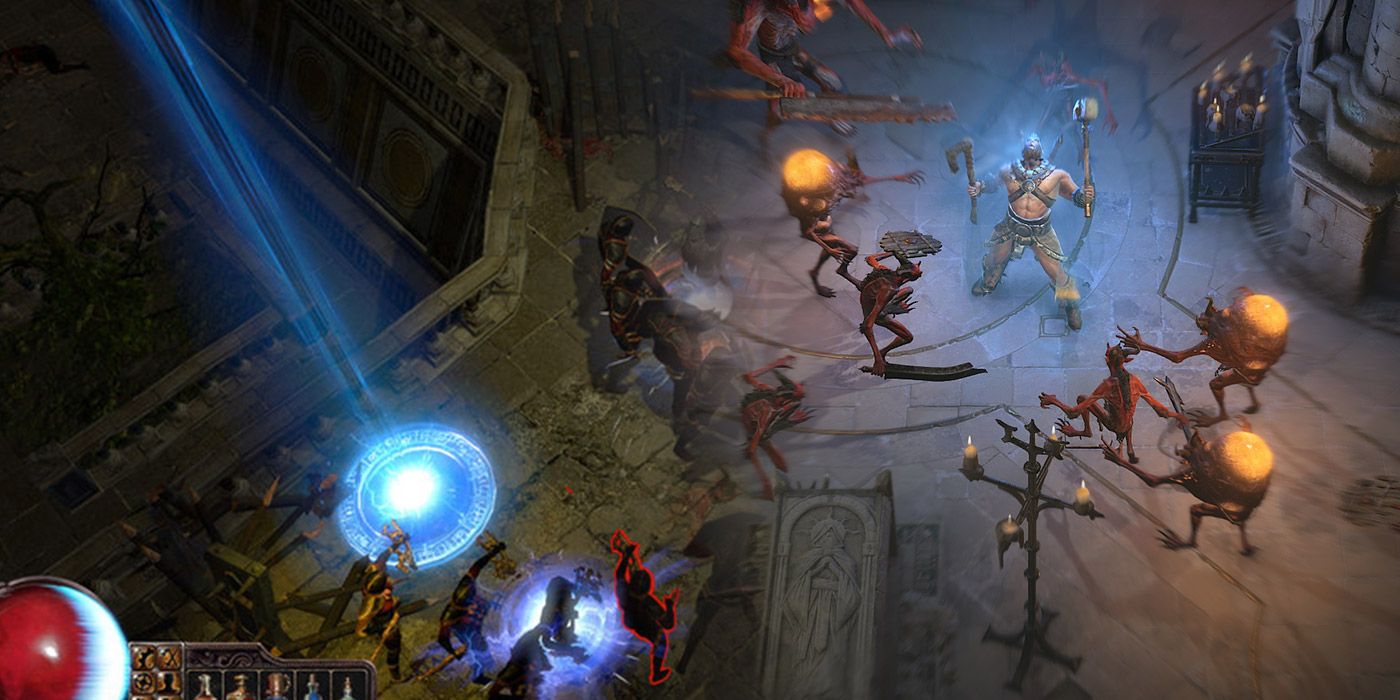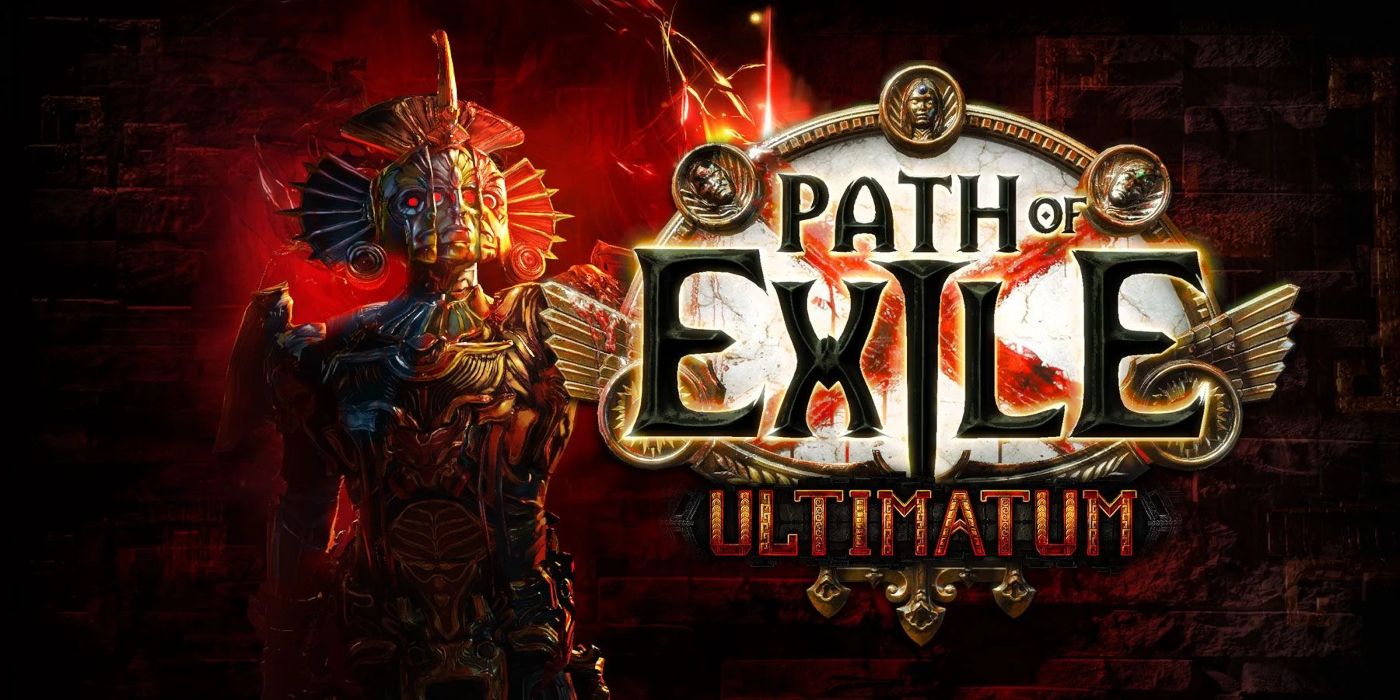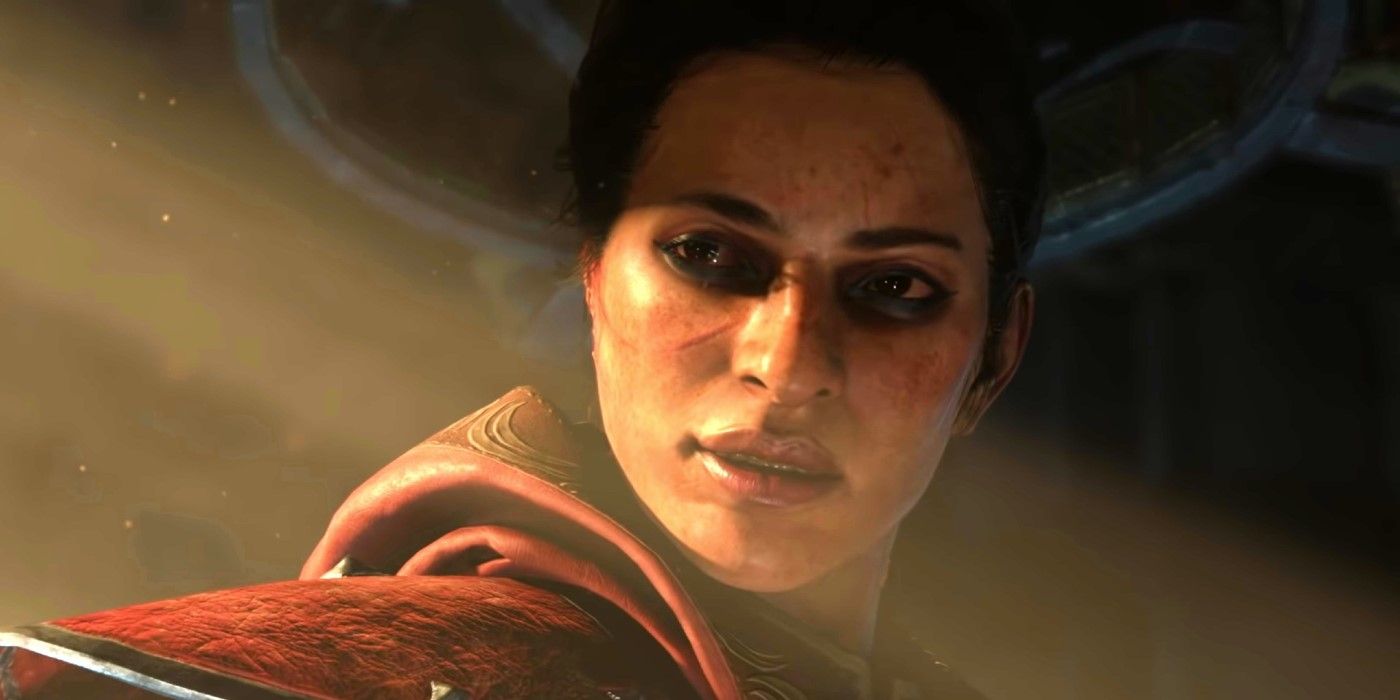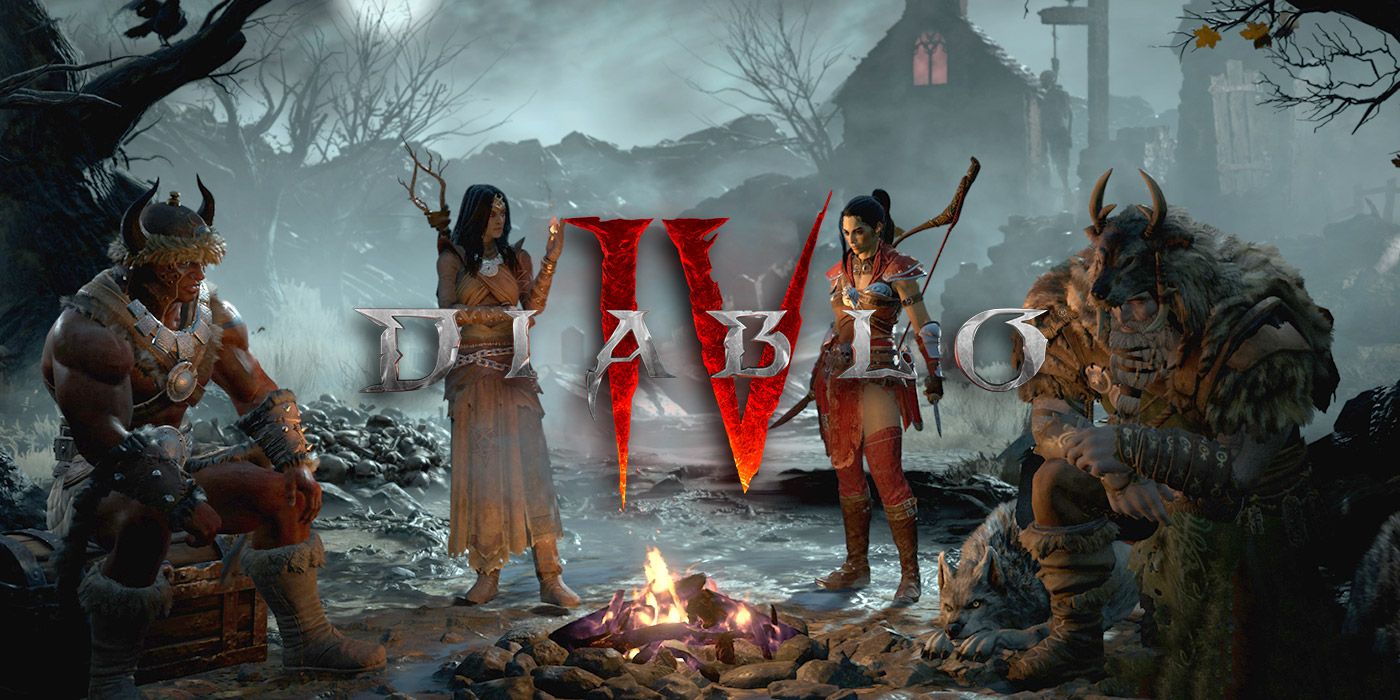It was between 2012 and 2013 when the video game industry took Action RPG fans by the storm, with Diablo 3 releasing in August 2012, and Path of Exile beginning its Open Beta phase in January of the next year. Diablo 3 was eagerly awaited by hordes of ARPG fans that were anticipating its success based on how much they loved Diablo 2, and when Diablo 3 was announced back in 2008 it was already in development since 2001, so hopes were really high. But, just as it happens quite often with hyped-up games, Diablo 3 fell somewhat short of the legacy of its predecessor. Now, Diablo 4 is finally coming to surpass it.
Diablo 3 received lots of positive reviews on release, but it didn't take long for people who played the game to notice that it was lacking in terms of depth when compared to Diablo 2. Then there was the auction house situation, with players spending or selling items for real money. Enter Path of Exile, which by the early looks of it seemed like a decent ARPG to play after the disappointment in Diablo 3. Right from the start, everyone who played Path of Exile immediately recognized its complexity. The skill tree was huge (and it's somehow even bigger now), the skills were many, and the options to build the characters were even more. Will Diablo 4 live up to that?
Path Of Exile's Success, and How it Changed the ARPG Genre
Path of Exile's success was probably sparked by how much ARPG fans needed a game to play for a long time, learning its secrets, slowly mastering every aspect of it. That's exactly what happened with Diablo 2, and this goes to show exactly what the ARPG community wants from new games. With every new expansion, Path of Exile constantly garnered more players, increasing its numbers, and acquiring gradually more fame within the ARPG world. So much so that, nowadays, it is Path of Exile that shapes other ARPGs, and not the other way around anymore.
Games like Wolcen, Grim Dawn, and especially Last Epoch, all have drawn inspiration from Path of Exile in multiple ways. Action RPGs need strong character-building features to be successful, and the depth and complexity of Path of Exile remain one of the strongest assets the game has. Every expansion adds layers upon layers of new elements that blend into the game's already extremely varied gameplay, and it is very likely that this system will keep on influencing other developers to take parts of it and change them, shaping them to better fit their products.
Path of Exile's continued success goes to show that the competitors are not managing to retain players from a certain point into the endgame. Path of Exile's endgame has lots of replayability. The only things that usually stop fans from playing are growing tired of doing the same content, or acquiring so much currency and gear that the game becomes too easy. This is what Diablo 3 suffers from, and, unfortunately, it suffers from this issue even more than Path of Exile does, with players sometimes dropping out of the game merely days into the new Seasons. As such, it is inevitable that Path of Exile will influence (or has influenced already) the development of Diablo 4.
The New Era Of ARPGs: Path Of Exile 2, Diablo 4
November of 2019 was a particularly exciting month for Action RPG fans, thanks to Diablo 4 and Path of Exile 2 being announced within just a couple of weeks from one another. Diablo 4 was called for by fans of the franchise, and it was only natural that Blizzard Entertainment made a sequel to Diablo 3, especially so after its mixed reviews. Path of Exile 2 was not something many people anticipated, and while Grinding Gear Games had already announced new big things coming for their creative endeavor, people did not expect an entirely new game.
Technically, Path of Exile 2 will not be a separate game from Path of Exile, but it will comprise new Acts, a new story, new characters, and new features. Players will still be able to play the original game if they wish to do so, and GGG has confirmed that the microtransactions from Path of Exile will also work in Path of Exile 2. Diablo 4 will be a whole new game, but it retains the same model of Path of Exile 2, with new character classes to play, a new story, new locations, new abilities, and more.
How Diablo 4 May Draw Inspiration From Path Of Exile
Diablo 4 may end up diverging from its predecessor quite a lot, particularly if Path of Exile has had an influence on its development process. For example, it is likely that Diablo 4 will ditch the Greater Rifts system and delve into a new, more profound and replayable endgame. The Greater Rifts system is fun thanks to the increasing difficulty of the encounters, and it is a ladder-based challenge. However, it would beneficial for Blizzard to implement a system that makes Diablo 4 have brand-new content every now and then, because the current Seasons are not enough to warrant hours upon hours of farming just to get specific items.
While it is unlikely that Diablo 4 will introduce a passive skill tree system as complex as the one Path of Exile has, this could be another element that inspires Blizzard to create a more complex process of building characters. Grinding for gear and loot always is a component of any ARPG out there, but it is also true that Diablo 3 seemed to revolve around that aspect heavily. Diablo 4 should create a diverse, more unique environment, where players have freedom of movement and choice. This is what Path of Exile achieved, especially now with the Echoes of the Atlas expansion, so that all players can enjoy and play the game the way they want, focusing on the content they like.
Diablo 4 is in development for PC, PS4, and Xbox One.




